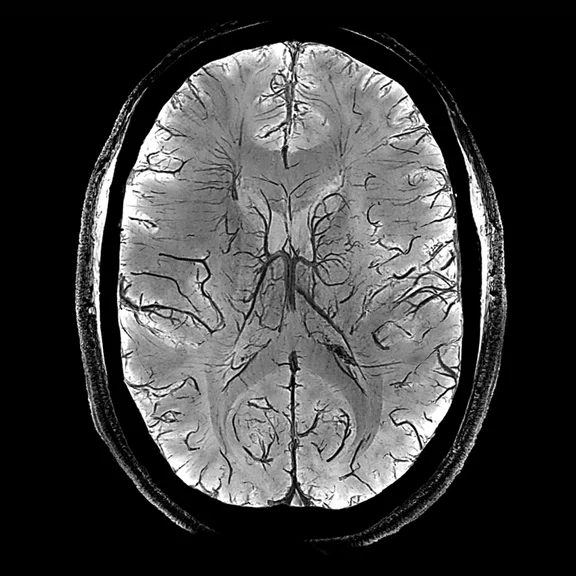3Nowogrodzki A. The world’s strongest MRI machines are pushing human imaging to new limits. Nature. 2018;563(7729):24–26. doi:10.1038/d41586-018-07182-7.
result


PREVIOUS
${prev-page}
NEXT
${next-page}
Subscribe Now
Manage Subscription
FOLLOW US
Contact Us • Cookie Preferences • Privacy Policy • California Privacy PolicyDo Not Sell or Share My Personal Information • Terms & Conditions • Security
© 2024 GE HealthCare. GE is a trademark of General Electric Company. Used under trademark license.
NEWS
Higher strength magnets push imaging limits
Higher strength magnets push imaging limits
Technologists are well-versed in the power of 1.5T and 3.0T MR scanners, but not everyone knows what a 7.0T scanner can do. An article published in Nature3, the international weekly journal of science, provides some perspective on the power of high-field magnets. According to the article, a 3.0T scanner can detect details as small as 1 millimeter and at 7.0T that resolution can be as fine as 0.5 millimeters. That’s enough to see the six layers of the cerebral cortex, the part of the brain responsible for humans’ high level of cognition, and allow researchers to measure activity in these areas. Studying the activity can reveal how information is traveling and potentially provide a better picture of how things like memory work.
In addition to shedding light on how the brain works, 7.0T can also be used to see the progression of diseases like multiple sclerosis, helping spot lesions in areas of the brain that are hard to capture with 1.5T and 3.0T systems. And because a 7.0T magnet has higher SNR than 1.5T or 3.0T, it can be used to scan very quickly, creating images in seconds as opposed to minutes. So in addition to advancing what we can visualize, 7.0T may also show promise for advancing patient care.
To read more, visit https://tinyurl.com/ybqwrrgg









